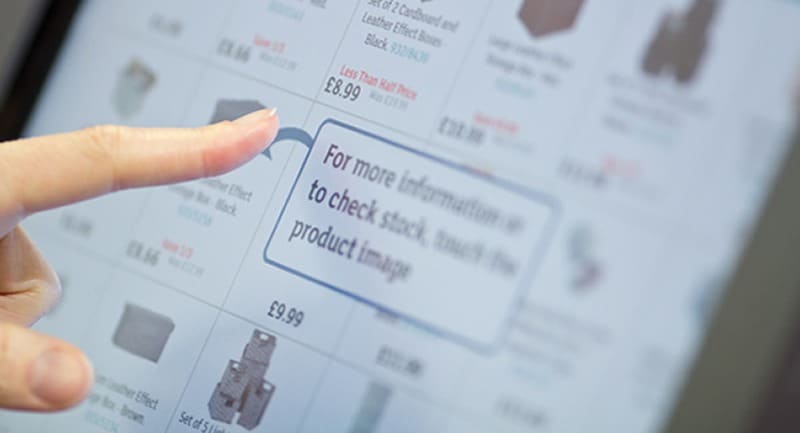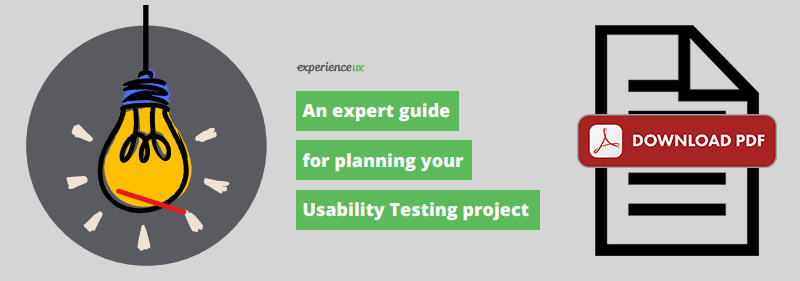All services have been designed
Services are everywhere. Think about your everyday life and how many services you use. The dentist, public transport, your local coffee shop, buying a sandwich at lunch, the guy who cleans your office… All around us people have designed services for service users. Quite a few of them fail to deliver a great service. According to Bain & Company, 80 per cent of companies believed they offered a superior experience to their customers, but only eight per cent of customers agreed. This highlights the need for services to be designed for what users really need.
A service can be anything that helps a user to complete a goal
Service design describes a set of methods and processes which have been used widely in user-centred design, product design, marketing and strategic management for some time. At its core, service design focuses on the service user to design new services or improve existing ones. A service can be anything that helps a user to complete a goal. Therefore, a service designer could work on a project to re-design a menu for a restaurant or could work on a project to innovate a completely new experience that will be used by a global chain of restaurants.
Typically service design is used when an organisation is looking to improve a service to its customers by looking at an individual channel such as their website, call centre, printed support material and so on. Or an organisation may wish to improve services for a type of customer, or for a particular area of their business. In our work, we are typically involved in designing new, or improving existing, digital services such as websites, mobile applications, in-store kiosks, software applications and so on.
The aim is always to deliver great customer experience
A service designer will use a variety of tools to design a service but most will centre around customer research and understanding. The service user remains the primary element in all design decisions. The philosophy is to ensure the service delivers a great customer experience to enable service users to complete their interactions quickly and easily whilst allowing the organisation to benefit from smooth transactions and increased customer loyalty and market share.
You may also like



